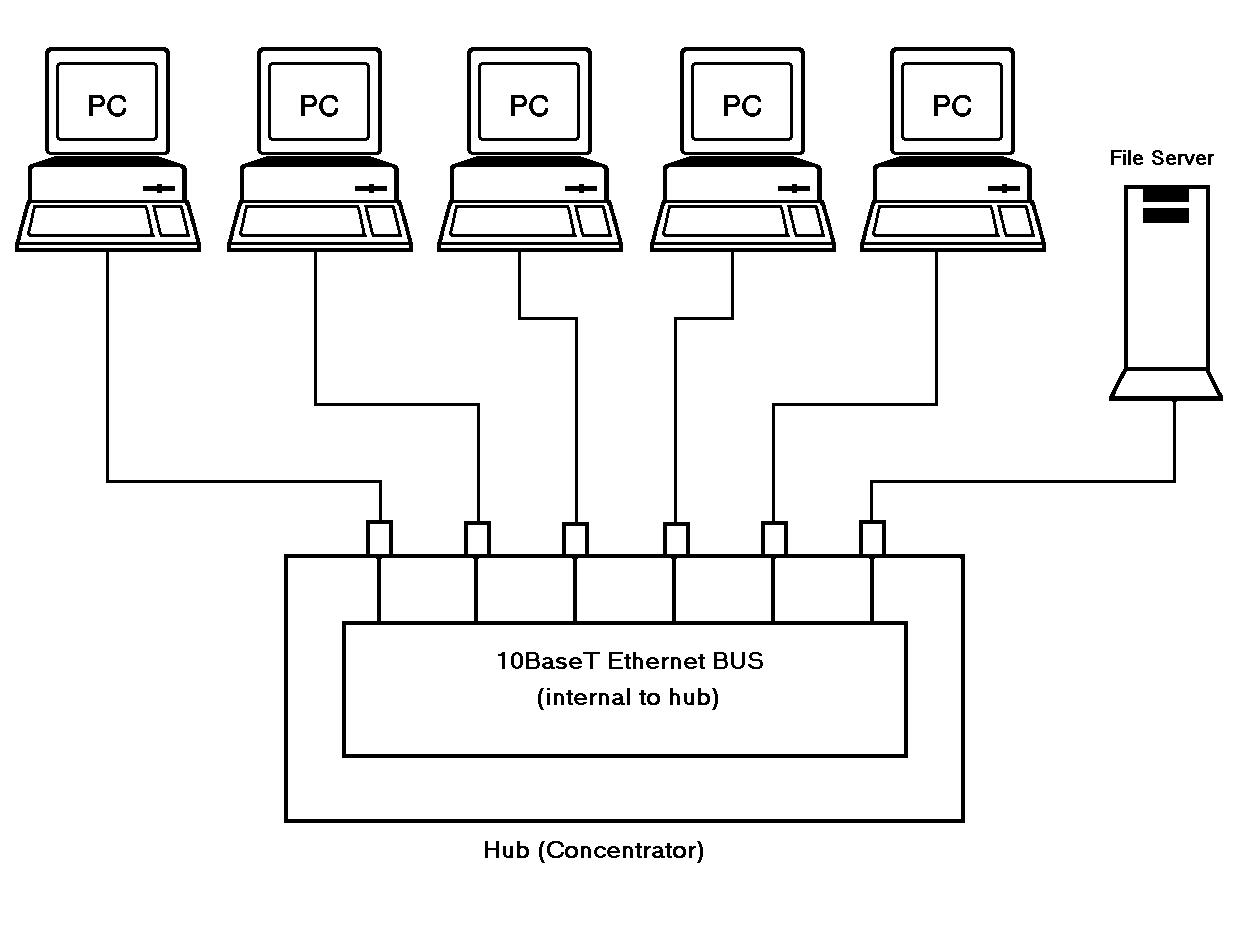- Related articles
- Optical Transceivers for Cisco WS-C3650-48TD-S Switch
- Optical Transceivers for Cisco IE-3010-16S-8PC Switch
- Optical Transceivers for Cisco SF200E-24-UK Switch
- What is PCI Express?
- Cisco Catalyst 6500 WS-X6816-GBIC Expansion Module 16-Port Gigabit Ethernet
- Optical Transceivers for Cisco WS-C3560CG-8TC-S Switch
- What is a network adapter used for?
- All Cisco SFP-10G-BXU-I's information (List price, Specs, Datasheet PDF, Compatibility mat
- All Cisco CWDM-SFP-1310's information (List price, Specs, Compatibility matrix)
- Optical Transceivers for Cisco WS-C2960+48TC-S Switch

Introduction:
In this article we will talk about the 100BASE-CX Ethernet standard and what are the difference between 100BASE-CX and 100BASE-SX, All this just to give you more understanding about 100BASE-CX technology. You can also check the compatibility Cozlink transceivers to get compatible and cost-effective products.
What is the 100BASE-CX technology?
100BASE-CX is a version of Fast Ethernet over optical fiber. It uses a 1300 nm near-infrared (NIR) light wavelength transmitted via two strands of optical fiber, one for receive (RX) and the other for transmit (TX). Maximum length is 412 meters (1,350 ft)[citation needed] for half-duplex connections (to ensure collisions are detected), and 2 kilometers (6,600 ft) for full-duplex over multi-mode optical fiber.[10] 100BASE-CX uses the same 4B5B encoding and NRZI line code that 100BASE- CX does. 100BASE- CX should use SC, ST, LC, MTRJ or MIC connectors with SC being the preferred option.

What is the Difference Between 100BASE-CX and 100BASE-SX?
100BASE-CX also works for speeds up to 100 Mbps, but it uses fiber optic cable instead of UTP. 100BASE-CX is a two-strand fiber cable and supports speeds up to 100 Mbps. The maximum length for a 100BASE-CX cable is usually up to 2 kilometers.
100BASE-SX is a version of Fast Ethernet over optical fiber. It uses two strands of multi-mode optical fiber for receive and transmit. It is a lower cost alternative to using 100BASE-FX, because it uses short wavelength optics which are significantly less expensive than the long wavelength optics used in 100BASE-FX. 100BASE-SX can operate at distances up to 550 metres (1,800 ft). 100BASE-SX uses the same wavelength as 10BASE-FL, the 10 Mbit/s versions over optical fiber. Unlike 100BASE-FX, this allows 100BASE-SX to be backwards-compatible with 10BASE-FL.





































































